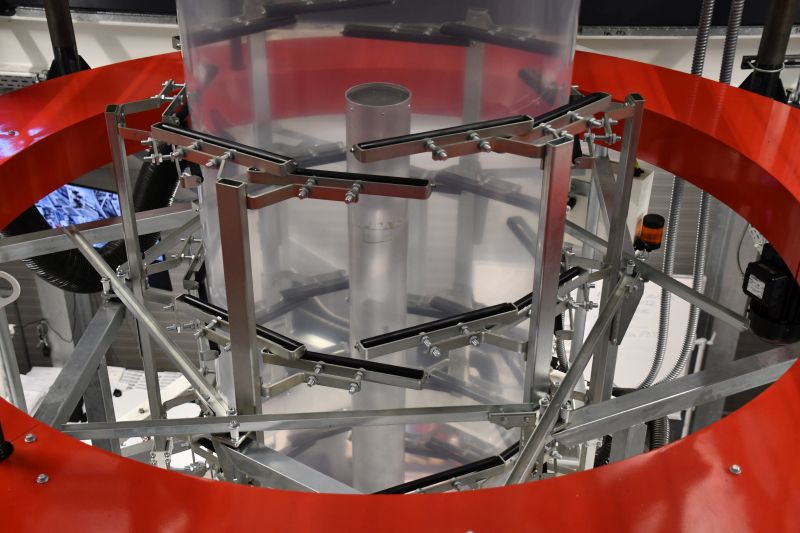




Coex is a biopolymer obtained during the process of functionalization of cellulosic and semi-synthetic fibers, including materials like wood, cellulose triacetate, viscose, bamboo, jute, cannabis, cotton, linen, nettle, or kapok.
The process of functionalization involves chemically modifying the individual fibers to give them desired properties, such as improved mechanical and thermal stability, enhanced water resistance, and increased biodegradability. The resulting product, Coex, is a more resilient fiber that is often used in the production of textiles, composites, packaging, and other materials.
Below, we focus on what Coex is exactly, what its benefits are, and why it’s an important material in the packaging industry.
Coex is a biopolymer, i.e. polymer derived from or produced by living organisms. It is produced through a process known as functionalization, whereby the individual fibers of cellulosic and semi-synthetic materials are subjected to chemical modifications. This gives them desired properties such as improved thermal and mechanical stability, enhanced water resistance, and increased biodegradability.
The result is a tough and resilient fiber that can be used in a variety of applications, such as textiles, composites, packaging, and other materials. It has become increasingly popular in the packaging industry due to its superior properties and sustainability.
The main benefit of Coex is that it provides superior physical and chemical stability compared to traditional packaging materials. It is also highly resistant to water, making it ideal for use in wet environments or for packaging liquids. Additionally, Coex is more durable than other packaging materials, meaning it can withstand greater force before deforming or breaking.
Coex is also more sustainable than other packaging materials. It is biodegradable, meaning it can be broken down naturally by microorganisms into its component parts, which are then reabsorbed into the environment. Additionally, Coex is recyclable and can be reused in a variety of applications.
In terms of cost, Coex is generally more expensive than traditional packaging materials; however, its superior properties often make up for its higher price tag. Additionally, the fact that it is recyclable means that it can be used multiple times, further reducing its overall cost.
Lastly, Coex provides enhanced aesthetic appeal due to its unique texture and appearance. This makes it an ideal choice for luxury or high-end packaging, as well as for branding purposes.
Coex is an increasingly popular biopolymer used in the production of textiles, composites, packaging, and other materials. Its superior strength and durability make it an ideal choice for items that need to be stored for extended periods of time.
Additionally, its biodegradability and recyclability make it an environmentally friendly choice for eco-conscious companies. Finally, its affordability makes it a great option for companies looking to reduce costs while still providing a quality product.
All of these benefits make Coex an important material in the packaging industry.